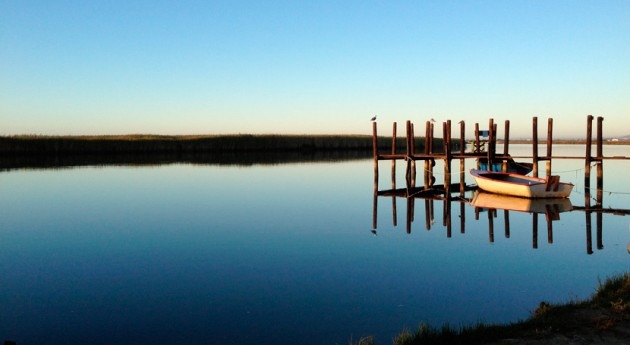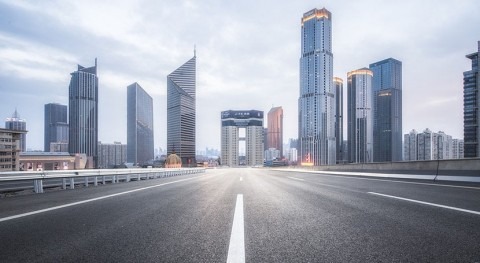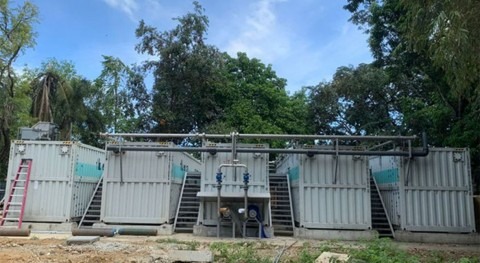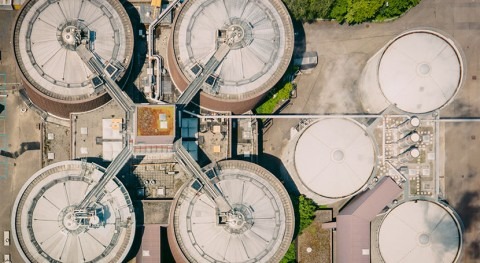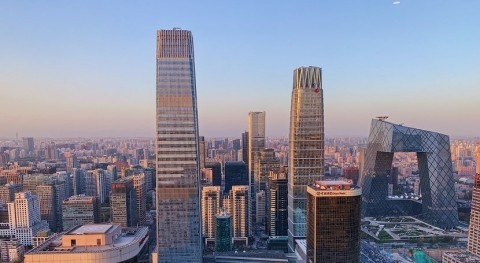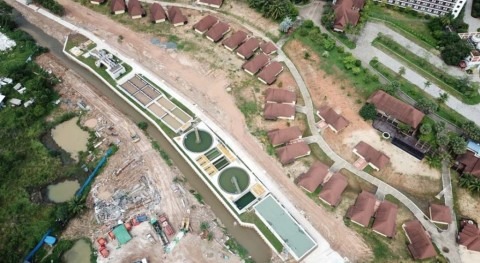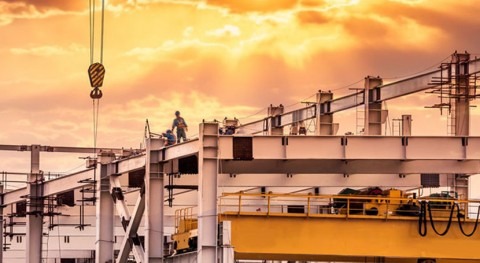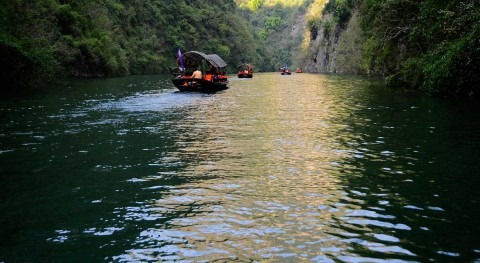Can strategies like water reuse and decentralization play a part in the country’s National Water and Sanitation Master Plan?
After years of neglected water infrastructure maintenance, South Africa is dotted with failing plants and laced with contaminated rivers. The South African Department of Water and Sanitation (DWS) reports that 56% of the nation’s 1,150 plants are “in poor or in critical condition,” with 265 “in a state of decay.” Data from the department’s Integrated Regulatory Information System (IRIS) Dashboard show that 75% of 910 municipal wastewater treatment plants had less than 50% effluent compliance in 2020; only 144 municipalities passed muster.
With unreliable piped water, residents frequently have no choice but to use contaminated water for washing, cooking, and even drinking. And with high unemployment, even the cost of boiling water has become difficult to bear for many South Africans.
Raymond Obermeyer, managing director of SEW-EURODRIVE, a German industrial equipment manufacturer that does business in South Africa, said of the country’s water security:
The Department of Water Affairs and Forestry estimates that South Africa will have insufficient water supplies by 2025 unless we manage our water resources more efficiently.
The South African Human Rights Commission (SAHRC) views South Africa’s wastewater problems as human rights violations. The commission reports that 19 million people rely on the Vaal River water for drinking, as well as for domestic and commercial use. But plants in the Emfuleni municipality, which includes several industrial towns south of Johannesburg, discharge 150 million litres per day of poorly treated or untreated wastewater into the river and its tributaries. With municipal, industrial, and pharmaceutical waste mixing in the river, health officials worry that new superbugs might emerge.
Updating Water Treatment Plants
In response to the crisis, the SAHRC has recommended that the DWS reintroduce the Blue and Green Drop transparent quality measuring system and that the Vaal River and its associated systems be declared critical infrastructure, among many other charges. DWS has updated its National Water and Sanitation Master Plan. According to the plan, if nothing is done by 2030, burgeoning urban populations and climate change will mean a warmer future with 17% less water than needed. To solve the problem, the plan lays out deadlines for natural resource conservation, infrastructure repair, and maintenance at an additional cost of 33 billion rand (US$2.24 billion) a year.
This is an opportunity for municipalities and companies to re-examine their wastewater treatment technology and make the necessary upgrades. If a plant needs to treat greater amounts of water at a higher quality without taking up more space, Fluence’s SUBRE can be a good solution. SUBRE towers, which are based on innovative membrane aerated biofilm reactor (MABR) technology, are submerged in the plant’s existing chambers for a cost-effective upgrade that increases treatment capacity and water quality. MABR technology has received high ratings for its simultaneous nitrification and denitrification, which achieves very high nutrient removal. It also eliminates the need for forced-air aeration, allowing the system to use very little energy.
While some plants need upgrades, others may need complete overhauls. When looking for a new system, it’s a good idea to examine the technologies available and select a system that can continue to provide high quality treatment into the future with little maintenance.
Luckily, there have been recent technological innovations in the market that are more resilient and low maintenance than traditional models. One proven innovation is Fluence’s containerized Aspiral™ plant, which uses MABR technology to treat wastewater to a high standard with low energy use and a small footprint. After treatment with Aspiral™, the water can be safely released into nature or, better yet, it can be reused for nonpotable applications, including industrial processes, agricultural and landscaping irrigation, toilet flushing, dust reduction, and some washing processes.
Another benefit of an Aspiral™ packaged wastewater treatment plant is that it’s resilient because it’s decentralized, meaning it functions independently.
Decentralized Infrastructure Provides Water Where It’s Needed
Decentralization means placing smaller treatment plants directly at the source of need, instead of connecting to a centralized plant. An array of strategically placed smaller plants can frequently save 75% of capital expenditure on pipe and pumping stations alone. The savings continue because less pipe requires less maintenance.
Over wide areas with many communities, a decentralized wastewater treatment system frequently outperforms systems with centralized plants.
Aspiral™ modular units bypass time-consuming design, planning, and construction phases. The plants are custom manufactured remotely for specific source water and target applications in steel shipping containers that are quickly delivered and installed. The units are low-odor and quiet, meaning they can operate in more densely populated areas than standard aerobic wastewater treatment plants.
South Africa is now turning attention to its water infrastructure. It’s time to update and build new infrastructure that’s smart, resilient, and effective. Thinking ahead, it’s smart to set up plants that allow for water reuse in order to get the most from local water sources.



